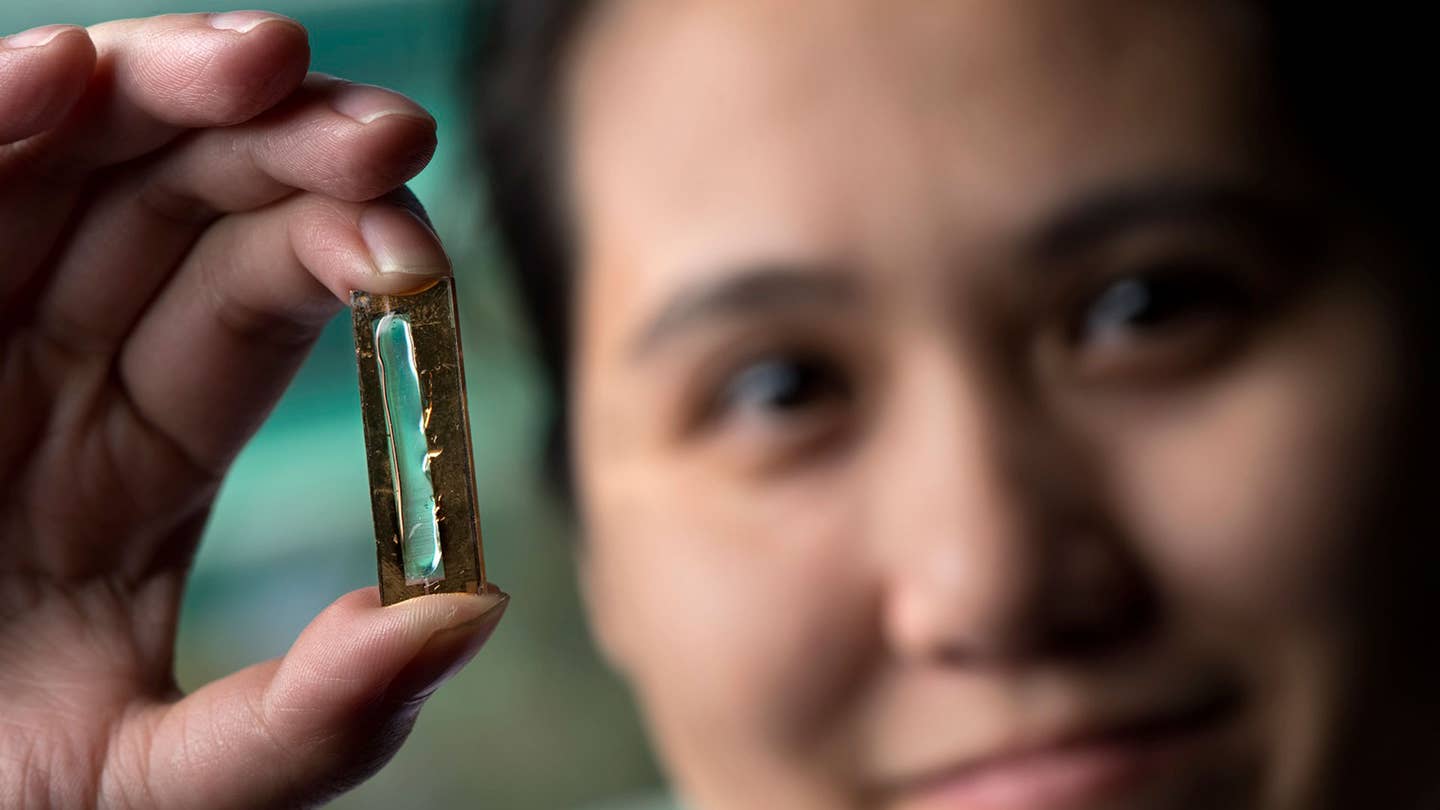UC Irvine Accidentally Invents a Battery that Lasts Forever
Joins Play-Doh and champagne as the world’s best unintended innovations.

What do Viagra, popsicles, Corn Flakes, Ivory soap, the kitchen microwave, and champagne have in common? They were all discovered by accident. Add ultra-long-lasting nanowire batteries to that list, thanks to a team of researchers at the University of California Irvine. The average laptop battery is rated anywhere from 300 to 500 charge cycles – completely full to completely empty to completely full again – longer if you don’t use it all up before recharging. The UCI nanobattery endured 200,000 charge cycles over three months “with 94–96% average Coulombic efficiency.” It was effectively still brand new at the end of the experiment.
Let’s go conservative and say the average laptop battery lasts for 1,000 charge cycles, its capacity noticeably diminished after about two years. If that laptop had UCI's nanobattery it would easily last for 400 years (if 1,000 cycles = two years, 200,000 cycles = 400 years). That’s long enough for that laptop to share a name with, but be far less useful than, an actual brick. If UCI can apply its findings to commercial uses, there’s a revolution coming throughout the electronic landscape.
The advance happened when UCI doctoral candidate Mya Le Thai “was playing around” in the lab and coated a set of gold nanowires in manganese dioxide, then applied a “Plexiglas-like” electrolyte gel. Under normal circumstances, nanowires – highly conductive but thousands of times thinner than a human hair – are useless after no more than 8,000 charge cycles because their fragility causes them to crack during charge and discharge loads. At the end of three months, however, the researchers found the nanowires in Thai’s gel-coated battery still intact. They suspect that the gel “plasticizes the metal oxide in the battery,” imbuing the nanowires with flexibility, which equals longevity. Thai said, "The coated electrode holds its shape much better.” The school published its findings in the American Chemical Society journal Energy Letters.
We’re a long way from an immortal, practical battery, though. In 2007 scientists at Stanford came up with a nanowire configuration that got a nanobattery through 40,000 charge cycles. The lead researcher said at the time that manufacturing needed “one or two different steps, but… it’s a well understood process.” Nine years later we’re still carrying charging bricks and fighting over public USB ports.
